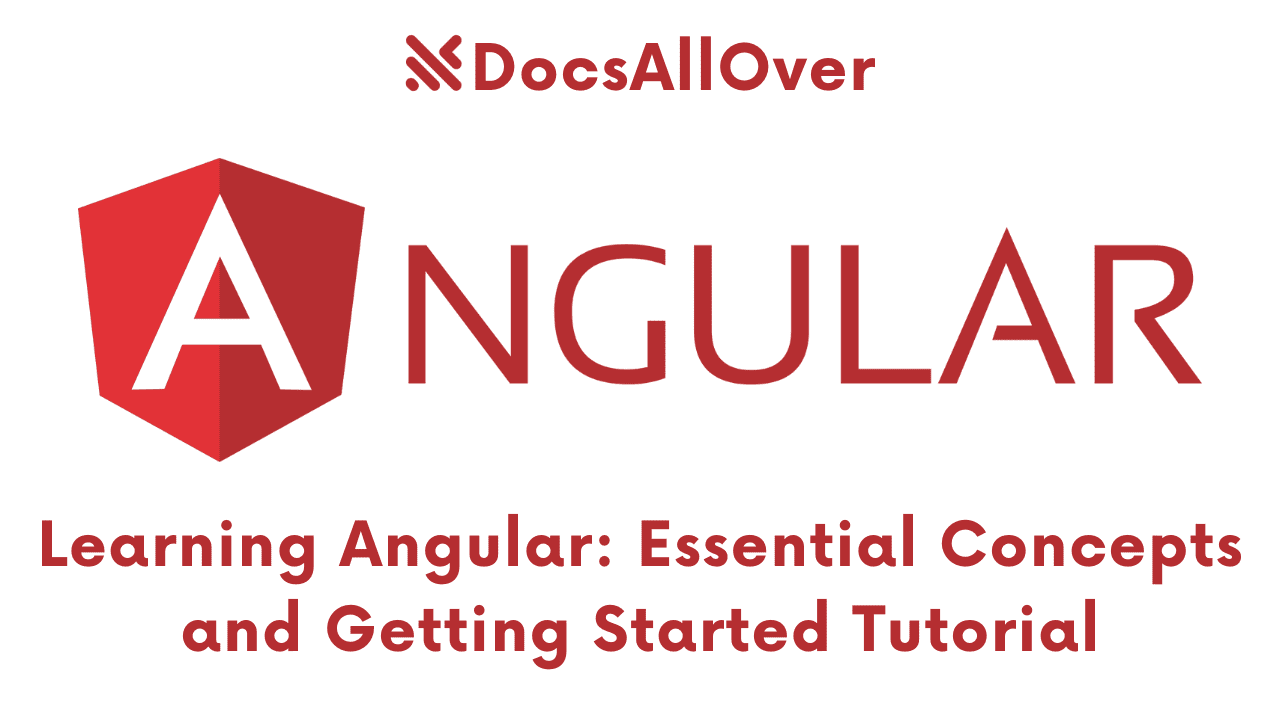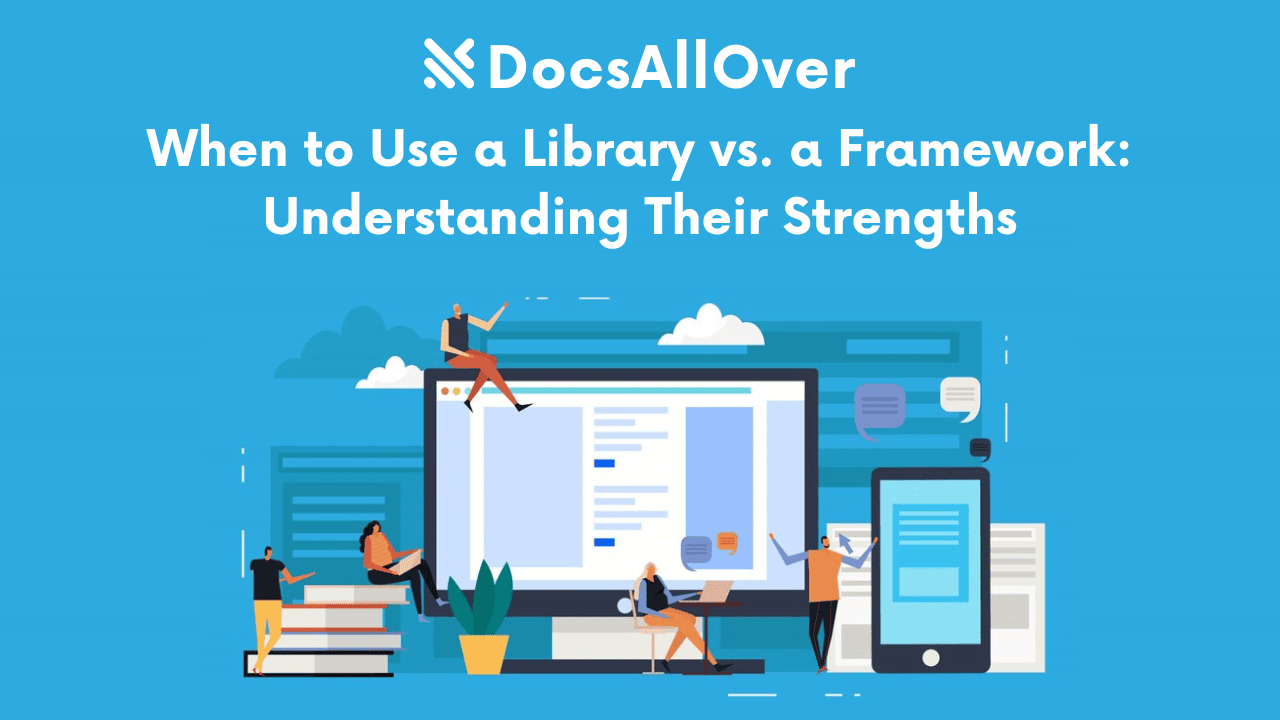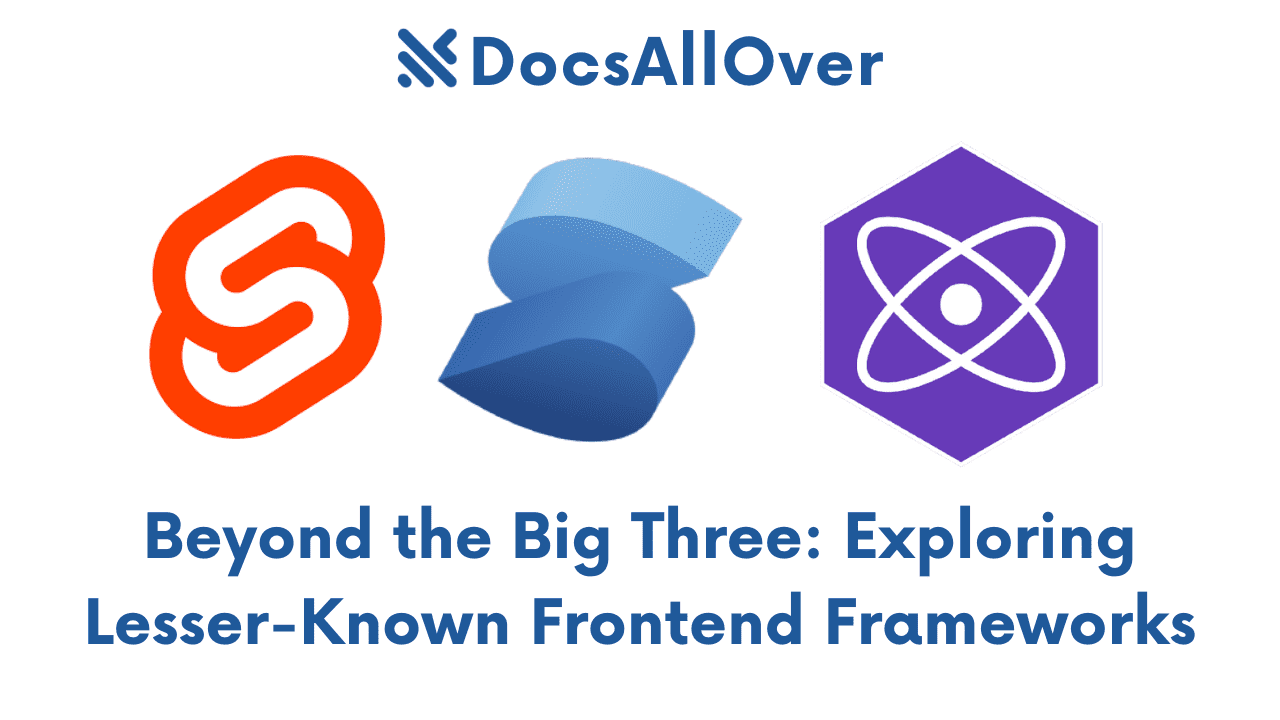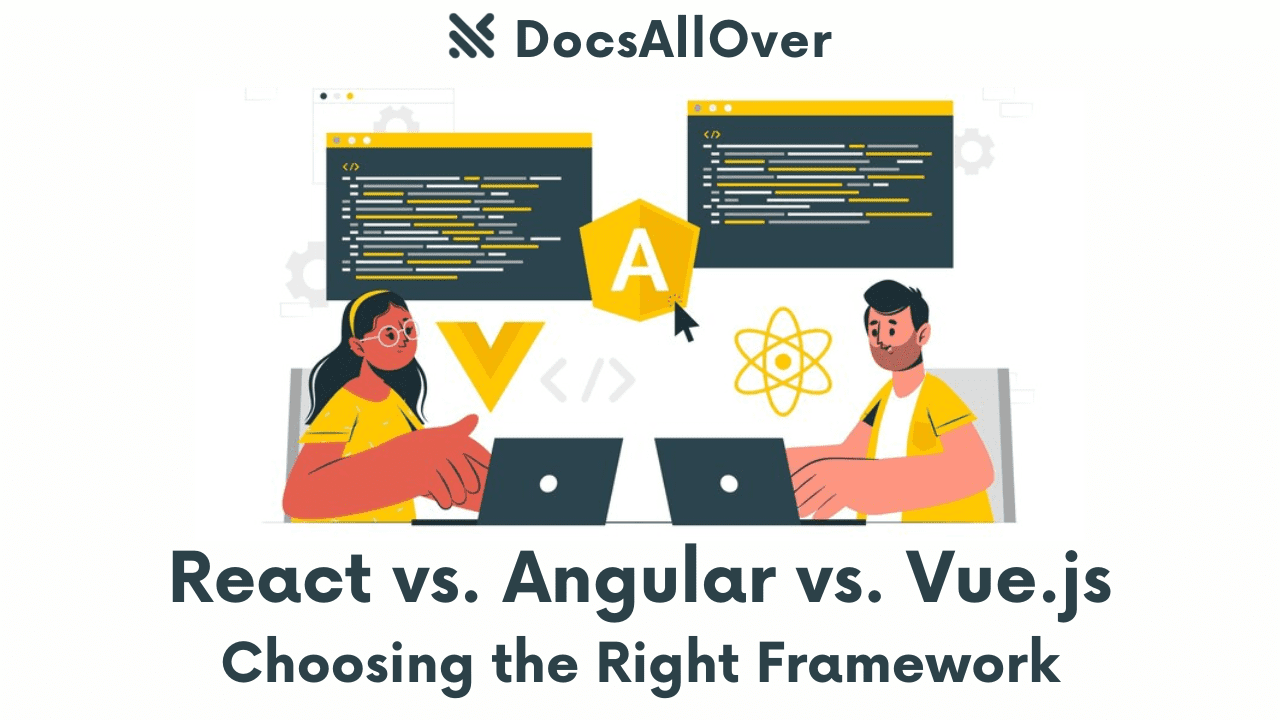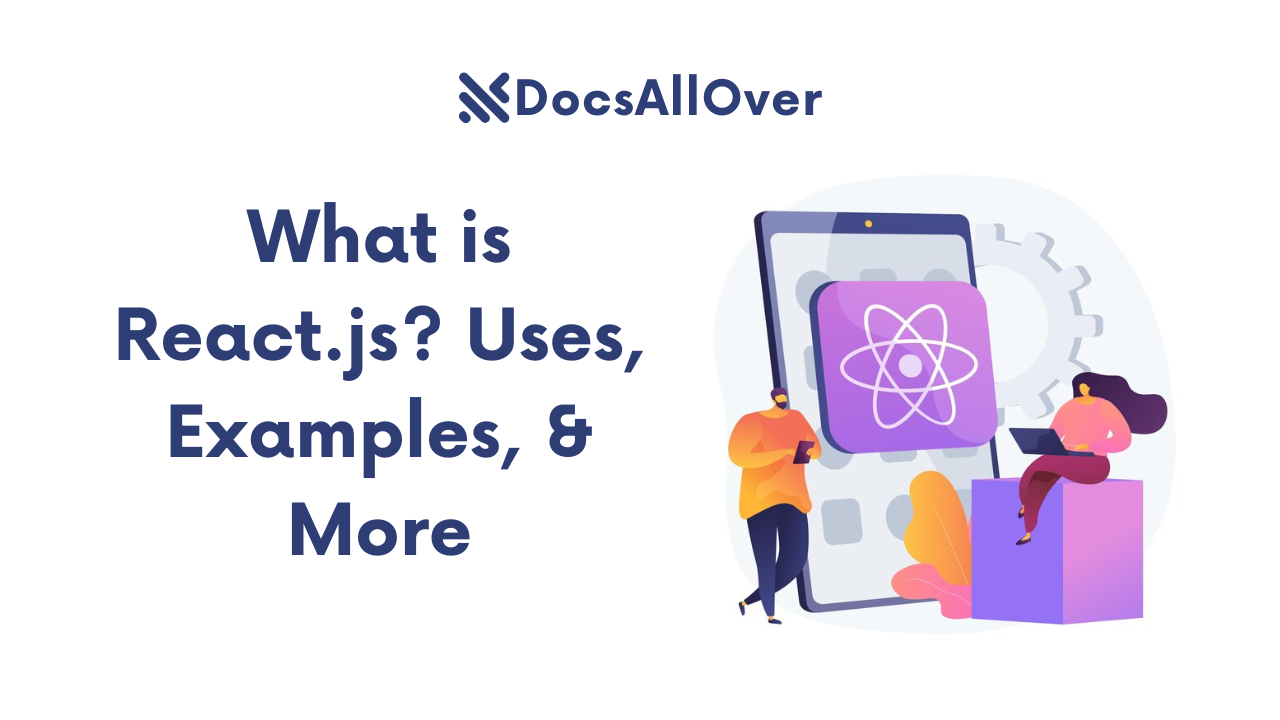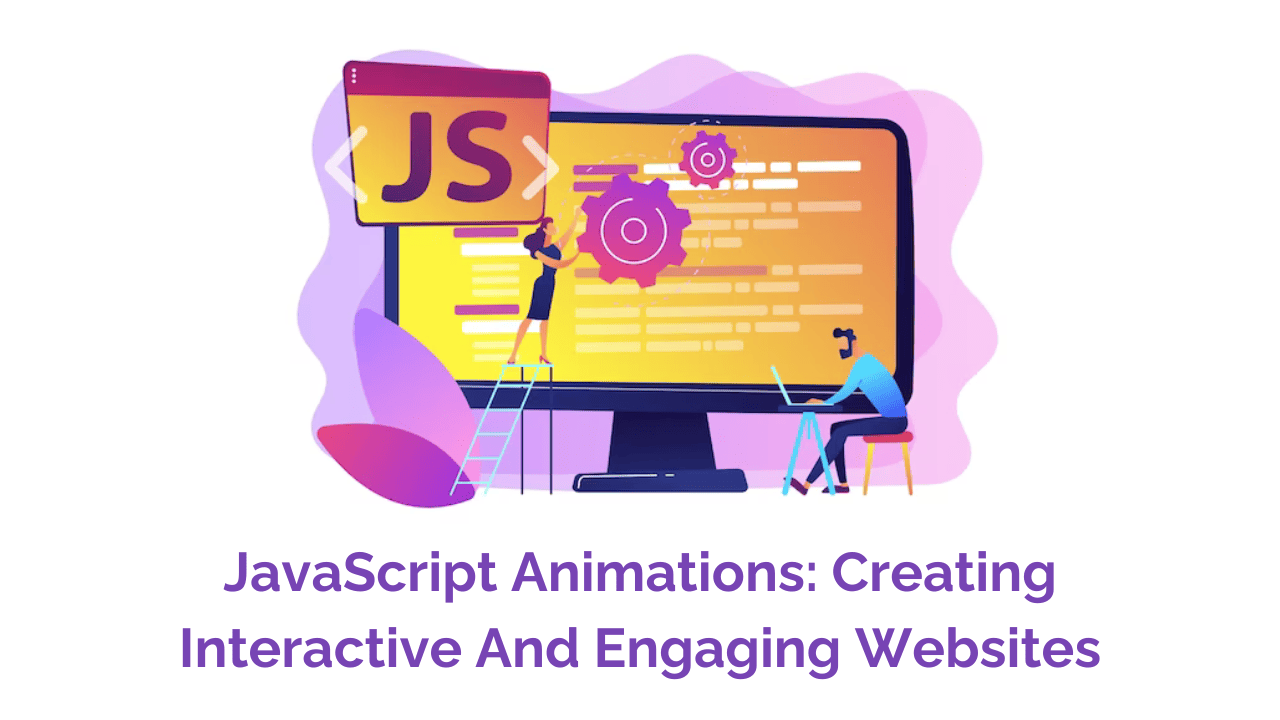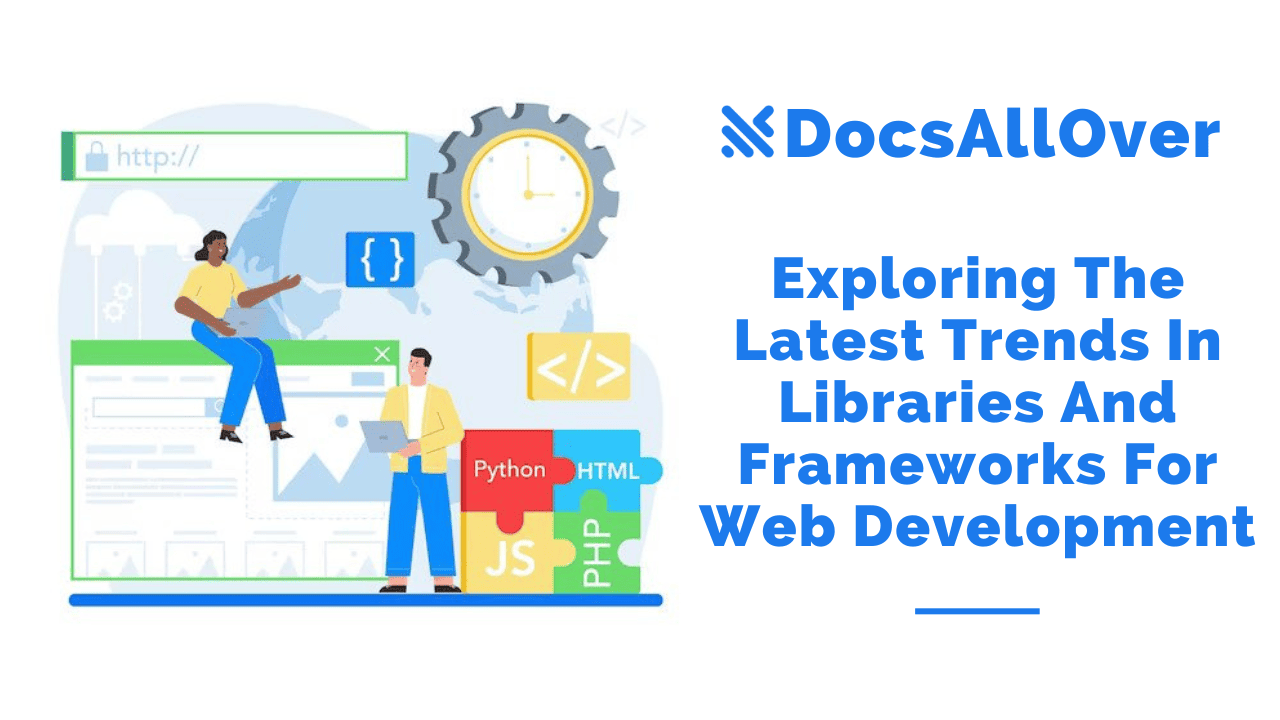Exploring Language-specific Libraries and Frameworks in Web Development
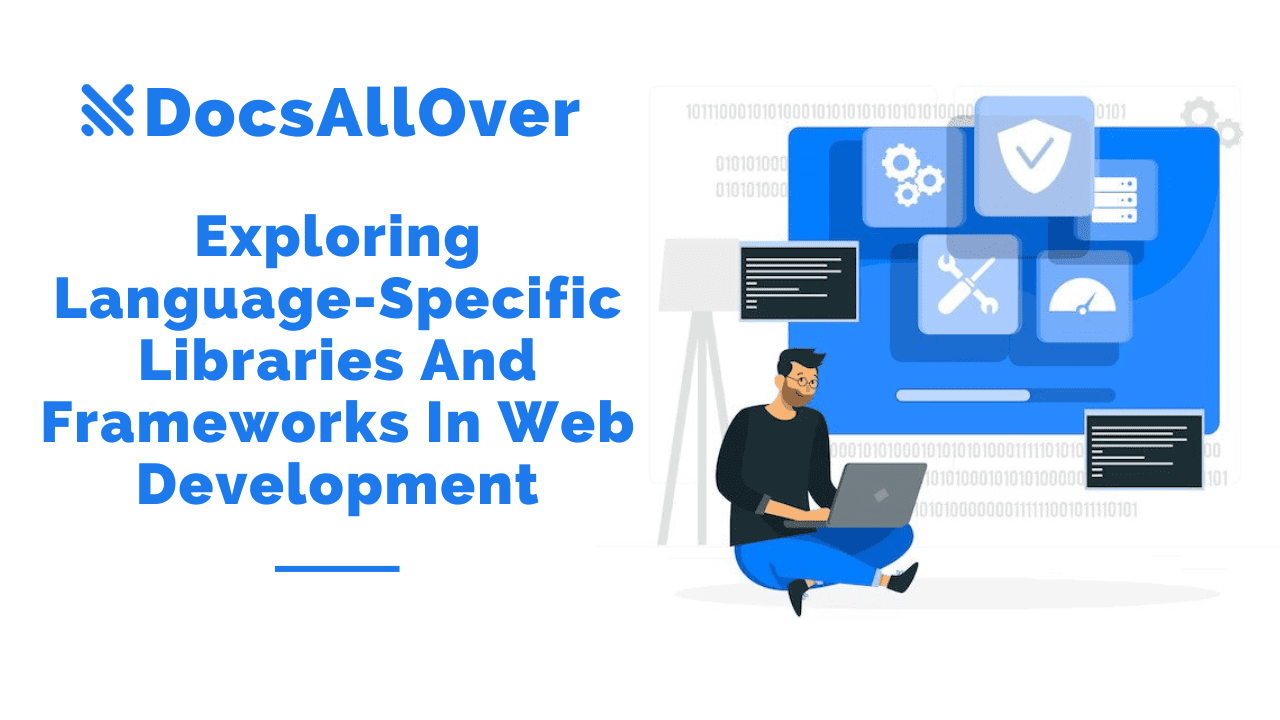
Web development is a vast and ever-evolving field, with new languages, libraries, and frameworks emerging all the time. It can be difficult to keep track of all the latest trends and technologies, but it is important to do so if you want to stay competitive.
One way to stay ahead of the curve is to learn about language-specific libraries and frameworks. These tools can help you to develop web applications more quickly and efficiently, and they can also provide you with access to a wide range of features and functionality.
What are language-specific libraries and frameworks?
Language-specific libraries and frameworks are collections of pre-written code that can be used to develop web applications. Libraries typically provide specific functionality, such as database access, image processing, or user authentication. Frameworks, on the other hand, provide a more comprehensive set of tools and features that can be used to build entire web applications.
Different types of language-specific libraries and frameworks
Language-specific libraries and frameworks can be divided into two main categories:
- General-purpose libraries and frameworks: These libraries and frameworks can be used to develop a wide variety of web applications, regardless of their specific domain. Some examples of general-purpose libraries and frameworks include Django, Spring Boot, and Ruby on Rails.
- Domain-specific libraries and frameworks: These libraries and frameworks are designed to be used for developing web applications in a specific domain, such as e-commerce, social media, or content management. Some examples of domain-specific libraries and frameworks include Shopify, Drupal, and WordPress.
How to use language-specific libraries and frameworks
Using language-specific libraries and frameworks is relatively straightforward. Most libraries and frameworks provide documentation and tutorials that explain how to use them. Additionally, there are many online resources available that can help developers learn how to use libraries and frameworks.
To use a library or framework, developers typically need to install it on their computer. Once the library or framework is installed, developers can start using it in their code. For example, to use a library that provides database access, developers would need to create a database connection and then use the library's functions to perform database operations.
Frameworks typically provide more structure and guidance than libraries. When using a framework, developers typically need to follow the framework's conventions and guidelines. This can help to ensure that the web application is well-designed and easy to maintain.
10 Importance of Language-specific Libraries and Frameworks:
Language-specific libraries and frameworks are collections of pre-written code that can be used to develop web applications. Libraries typically provide specific functionality, such as database access, image processing, or user authentication. Frameworks, on the other hand, provide a more comprehensive set of tools and features that can be used to build entire web applications.
1. Increased productivity
Libraries and frameworks can help you to develop web applications more quickly and efficiently by providing you with pre-written code that you can use to implement common features and functionality. This can save you a significant amount of time and effort, especially if you are developing a complex web application.
2. Improved code quality
Libraries and frameworks are typically written and maintained by experienced developers, so you can be confident that the code is high quality and well-tested. This can help to improve the overall quality of your web application and reduce the number of bugs.
3. Reduced development costs
Libraries and frameworks can help you to reduce your development costs by eliminating the need to write code from scratch. This can be a significant savings, especially if you are developing a large or complex web application.
4. Access to a wide range of features and functionality
Libraries and frameworks provide you with access to a wide range of features and functionality that would be difficult or time-consuming to implement yourself. This can allow you to build more sophisticated and feature-rich web applications without having to invest a lot of time and resources.
5. Simplified development process
Libraries and frameworks can help to simplify the development process by providing you with a set of tools and guidelines to follow. This can make it easier to develop and maintain your web application, especially if you are working with a team of developers.
6. Improved security
Libraries and frameworks can help to improve the security of your web application by providing you with built-in security features and best practices. This can help to protect your web application from common security vulnerabilities.
7. Scalability
Libraries and frameworks can help to make your web application more scalable by providing you with the tools and features you need to handle increased traffic and load. This can be important if you are developing a web application that is expected to grow in popularity over time.
8. Maintainability
Libraries and frameworks can help to make your web application more maintainable by providing you with a well-organized and documented codebase. This can make it easier to fix bugs and add new features to your web application in the future.
9. Community support
Libraries and frameworks typically have a large and active community of users and developers. This means that there is a wealth of resources available to help you learn how to use the library or framework, and to get help if you need it.
10. Regular updates
Libraries and frameworks are typically updated regularly with new features and bug fixes. This means that you can be confident that you are using the latest and greatest versions of the software.
What are the Types of Web Development Frameworks?

Front-end frameworks are used to build the user interface and user experience of a web application. They provide developers with a set of pre-written code snippets, integrable elements, reusable templates, and manage user interactions. This can help developers to build web applications more quickly and efficiently.
Back-end frameworks are used to handle the server-side logic of a web application. They provide developers with a set of tools and features that can help them to build secure, scalable, and performant web applications. Back-end frameworks typically include features such as user authorization, privacy encryptions, database manipulation, and reusable components for connecting the front end to the backend.
Here is a difference table for Frontend Vs. Backend Web Development Frameworks:
| Front End Frameworks | Backend Frameworks |
|---|---|
| The front end is the part of the web app that interacts with the end-user. | The backend of an app refers to the background functioning of the web application. |
| It offers pre-written code snippets, integrable elements, reusable templates, and manage user interactions. | It offers features such as user authorization, privacy encryptions, database manipulation, reusable components for connecting the front end to the backend. |
| The key features include reusable templates, UI/UX designing, SEO optimization, and enhancing the performance and scalability of the app. | The key features include server handling, designing site architecture, database management, security, and URL routing. |
| HTML, CSS, JavaScript, JQuery, etc., are a few prevalent front-end languages. | Python, JavaScript, PHP, Ruby, .NET, etc., are a few prominent backend languages. |
| React, Vue, Ember, Bootstrap, and Angular are the most famous front-end frameworks. | Django, Ruby On Rails, Spring, Express, ASP.NET Core are the most famous backend frameworks. |
Web Development Frameworks by Language
Web development frameworks provide a set of tools and libraries that can help developers build web applications more quickly and efficiently. There are many different frameworks available, each with its own strengths and weaknesses. In this blog post, we will cover a variety of frameworks for some of the most popular web development languages.
ASP.NET
ASP.NET is a free and open-source web development framework for building dynamic websites, web applications, and web services. It is developed by Microsoft and runs on Windows. ASP.NET Core is the latest version of ASP.NET, and it is cross-platform, meaning that it can run on Windows, macOS, and Linux.
CakePHP
CakePHP is a modern PHP web framework that is known for its simplicity and ease of use. It includes many features out of the box, such as scaffolding, routing, and security. CakePHP is a good choice for both beginners and experienced developers.
CodeIgniter
CodeIgniter is a lightweight PHP web framework that is well-suited for rapid application development. It is easy to learn and use, and it has a large and active community. CodeIgniter is a good choice for developers who want to build simple and fast web applications.
Django
Django is a free and open-source Python web framework that is known for its simplicity and flexibility. It includes many features out of the box, such as an ORM, admin interface, and authentication system. Django is a good choice for both beginners and experienced developers.
Flask
Flask is a lightweight Python web framework that is well-suited for rapid application development. It is easy to learn and use, and it has a large and active community. Flask is a good choice for developers who want to build simple and fast web applications.
Horde
Horde is a free and open-source web application framework that is well-suited for building collaborative software. It includes many features out of the box, such as email, calendars, and contacts. Horde is a good choice for organizations that need to build collaborative web applications.
Java
The Spring Framework is a popular Java web development framework. It is known for its flexibility and scalability. Spring includes many features out of the box, such as an ORM, MVC framework, and transaction management system. Spring is a good choice for both beginners and experienced developers.
JavaScript
JavaScript is a popular web development language that can be used for both front-end and back-end development. There are many different JavaScript frameworks available, each with its own strengths and weaknesses.
Angular
Angular is a front-end web application framework that is maintained by Google. It is known for its speed and scalability. Angular is a good choice for building complex web applications.
Express
Express is a back-end web application framework that is built on top of Node.js. It is known for its simplicity and flexibility. Express is a good choice for building REST APIs and web applications.
Node.js
Node.js is a JavaScript runtime environment that allows developers to run JavaScript code on the server. Node.js is known for its speed and scalability. Node.js is a good choice for building real-time web applications and APIs.
React
React is a front-end JavaScript library that is known for its speed and simplicity. React is a good choice for building dynamic user interfaces.
Laravel
Laravel is a popular PHP web framework. It is known for its simplicity and ease of use. Laravel includes many features out of the box, such as an ORM, authentication system, and routing system. Laravel is a good choice for both beginners and experienced developers.
PHP
PHP is a popular server-side scripting language that is used to build dynamic web applications. There are many different PHP frameworks available, each with its own strengths and weaknesses.
Python
Python is a general-purpose programming language that is becoming increasingly popular for web development. There are many different Python web frameworks available, each with its own strengths and weaknesses.
Ruby
Ruby is a general-purpose programming language that is known for its simplicity and readability. Ruby is a good choice for web development, and it is especially popular in the startup community.
Ruby on Rails
Ruby on Rails is a full-stack web application framework that is built on top of Ruby. It is known for its speed and ease of use. Ruby on Rails is a good choice for building complex web applications quickly and easily.
Sinatra
Sinatra is a micro web framework for Ruby. It is known for its simplicity and flexibility. Sinatra is a good choice for building small and simple web.
Use Cases and Examples of Frameworks
| Framework | Language | Use cases | Examples |
|---|---|---|---|
| ASP.NET | C# | Building dynamic websites, web applications, and web services | Stack Overflow, Microsoft Azure, Airbnb |
| CakePHP | PHP | Building simple and fast web applications, rapid application development, creating web applications with a modern user experience | Basecamp, Hulu, Spotify |
| CodeIgniter | PHP | Rapid application development, building lightweight and efficient web applications, developing web applications for small businesses and startups | EllisLab, ExpressionEngine, Bonfire |
| Django | Python | Building complex web applications, developing enterprise-grade web applications, creating web applications with a high level of security | Instagram, Disqus, Mozilla |
| Flask | Python | Building simple and fast web applications, developing web APIs, creating microservices | Pinterest, Reddit, Netflix |
| Horde | PHP | Building collaborative web applications, developing web applications for organizations, creating web applications with a high level of security | The University of Pittsburgh, The University of Michigan, The City of New York |
| Java | Java | Building enterprise-grade web applications, developing scalable and performant web applications, creating web applications with a high level of security | Amazon, eBay, Netflix |
| JavaScript | JavaScript | Building interactive web applications, developing web APIs, creating single-page applications | Google, Facebook, Twitter |
| Laravel | PHP | Rapid application development, building web applications with a modern user experience, developing web applications for small businesses and startups | Laravel News, Laravel Forge, Laravel Spark |
| PHP | PHP | Building dynamic websites and web applications, developing content management systems (CMS), creating e-commerce platforms | Wikipedia, WordPress, Facebook |
| Python | Python | Building web applications with a focus on data science, developing machine learning applications, creating web applications with a modern user experience | Dropbox, Instagram, Spotify |
| Ruby | Ruby | Building web applications with a focus on developer productivity, developing web applications with a high level of agility, creating web applications with a modern user experience | Basecamp, GitHub, Twitter |
| Ruby on Rails | Ruby | Rapid application development, building complex web applications, developing web applications with a high level of security | AirBnB, Shopify, GitHub |
| Sinatra | Ruby | Building small and simple web applications, developing web APIs, creating microservices | Heroku, Twilio, Stripe |
Best Practices and Tips for Choosing a Development Framework
The best development framework for you will depend on a number of factors, including your specific project needs, your team's skills and experience, and your own personal preferences. However, there are some general best practices and tips that you can follow to choose the right framework for your needs.
- 1. Consider your project requirements. What kind of web application are you building? What features and functionality do you need? Once you have a good understanding of your project requirements, you can start to narrow down your choices of frameworks.
- 2. Think about your team's skills and experience. What programming languages and frameworks are your team members familiar with? It's important to choose a framework that your team is comfortable using, as this will help to ensure a smooth and efficient development process.
- 3. Do your research. Once you've narrowed down your choices, take some time to research each framework in more detail. Read reviews, compare features, and look at examples of web applications that have been built using the framework.
- 4. Consider popularity and community support. Popular frameworks typically have a large and active community of users and developers. This means that there is a wealth of resources available to help you learn how to use the framework and to get help if you need it.
- 5. Make sure the framework is scalable and secure. Your chosen framework should be able to handle the expected traffic load for your web application. It should also be secure and have a good track record of fixing security vulnerabilities.
- 6. Don't be afraid to experiment. If you're not sure which framework is right for you, try a few out and see which one you prefer. There is no one-size-fits-all answer to this question.
Language-specific libraries and frameworks play a crucial role in web development, empowering developers to build efficient, scalable, and feature-rich web applications. By understanding the benefits, exploring popular options, and following best practices, developers can harness the full potential of these libraries and frameworks to create exceptional web experiences. Whether it's JavaScript, Python, Ruby, PHP, or any other language, choosing the right library or framework can significantly impact the success of a web development project.

